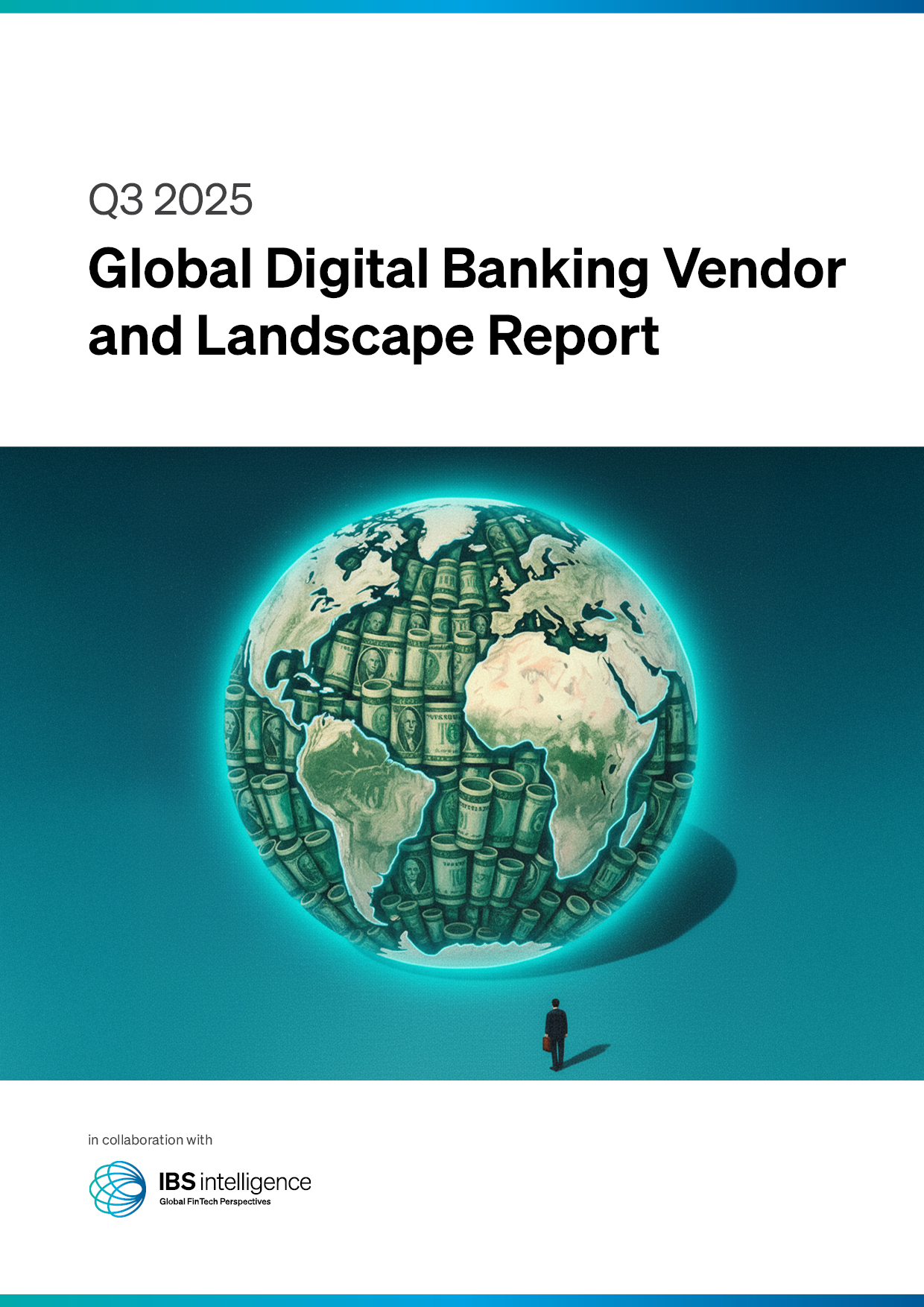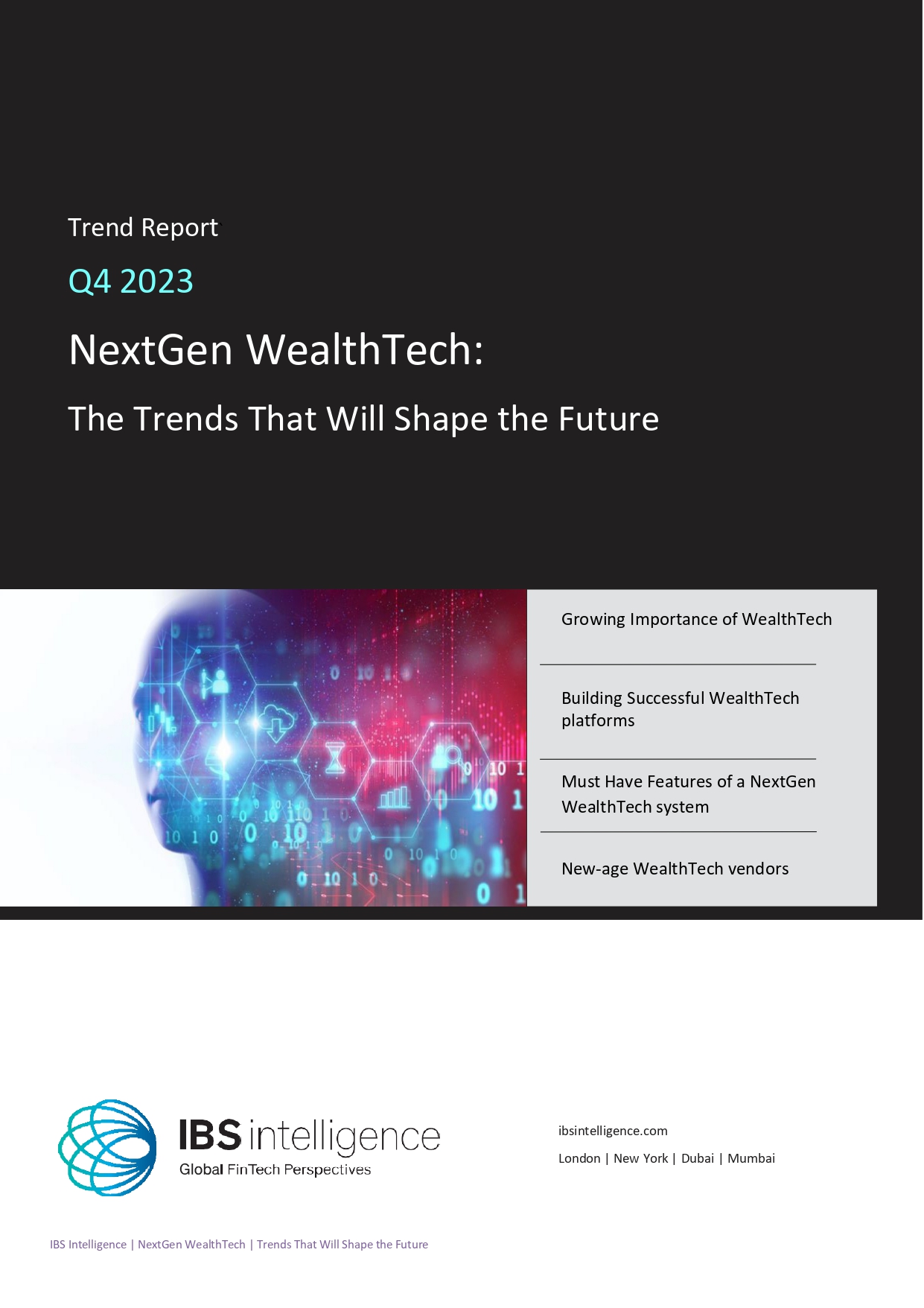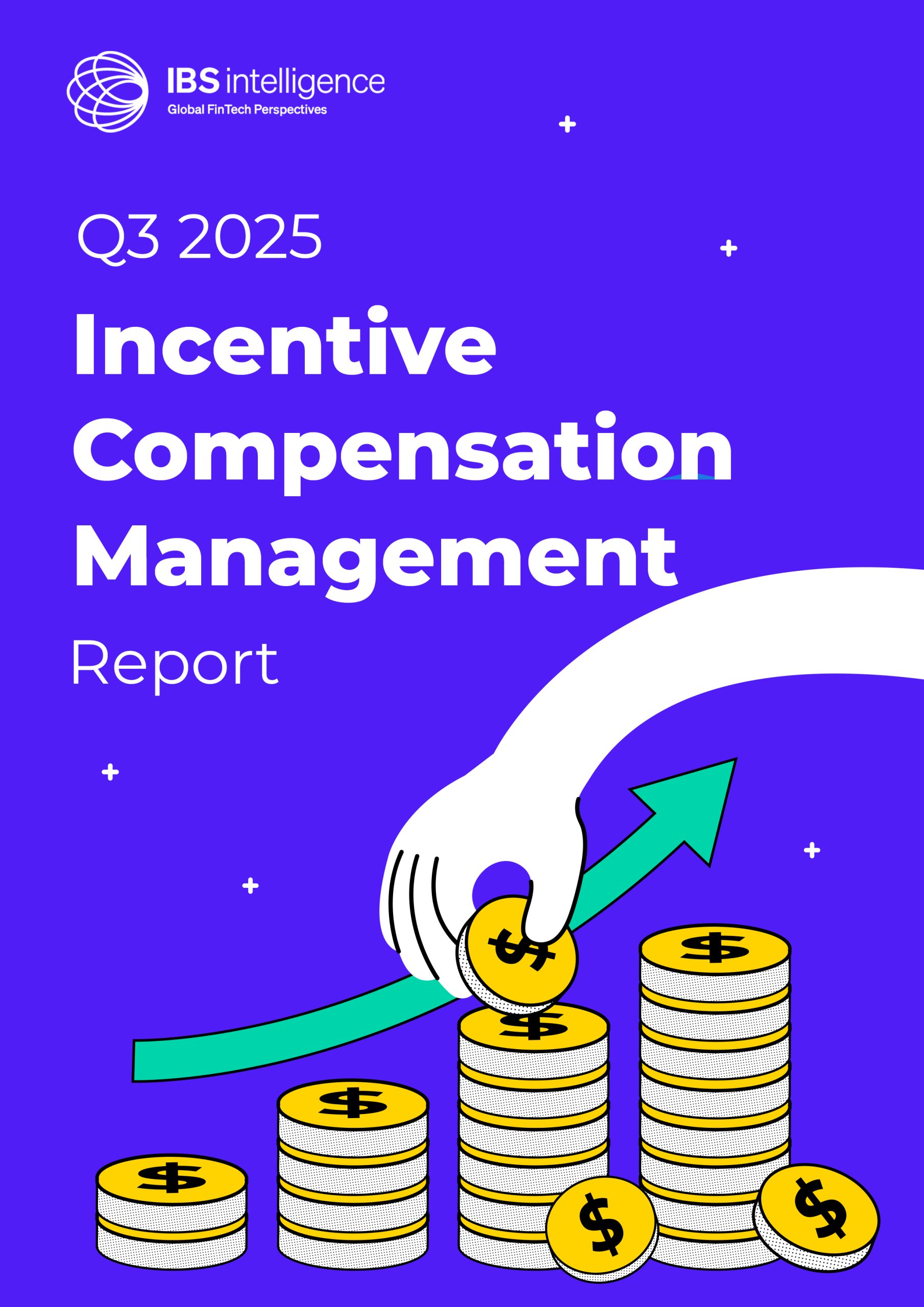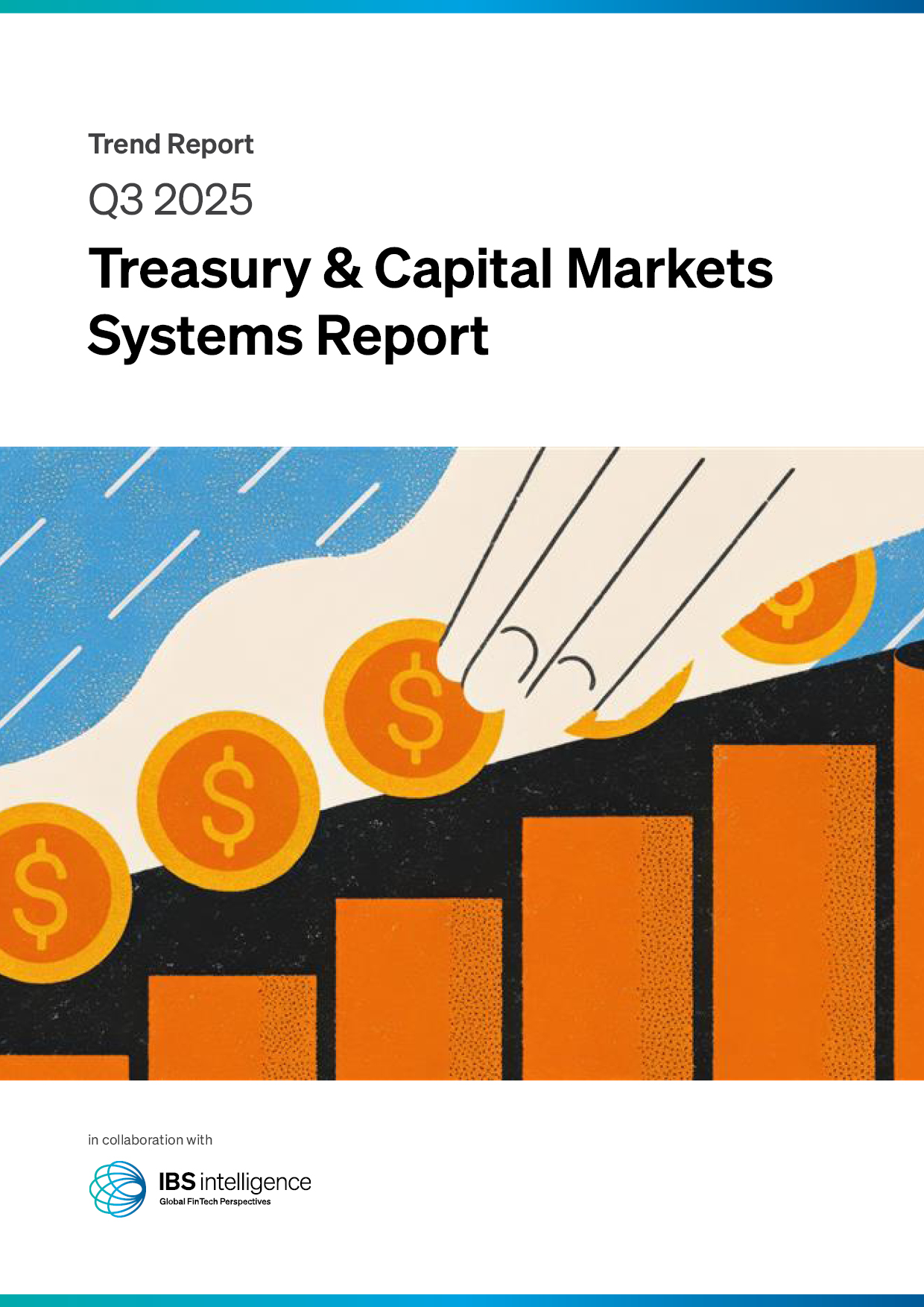 Back
Back
The Rise of API-Driven Healthcare Payments: Why Infrastructure Matters

By Chris is the Co-Founder & CEO for QubeHealth
We all know that healthcare is undergoing rapid digital transformation. Yet one of the most critical – and often overlooked – foundations of this evolution is the payment infrastructure. An infrastructure designed to ensure ‘frictionless healthcare payments.’
Seamless financial interactions are as important as clinical outcomes in an industry characterised by fragmentation, regulatory complexity, and the handling of sensitive personal data. From insurers to hospitals, and from employers to FinTechs, the need for a unified, scalable, and secure payments framework has never been greater. This is where API-driven healthcare payments become the key. This revolution is reshaping how money flows within the healthcare ecosystem globally, and the context is even more relevant for us in India.
Global Trends Towards API-First Healthcare
Across the world, healthcare systems are embracing digital technologies to reduce their administrative burden, improve patient outcomes, and enhance financial transparency. At the heart of this transformation is the move toward Application Programming Interfaces (APIs) – essentially software intermediaries that allow two systems to communicate with each other in a secure and efficient manner.
In developed markets like the US and Europe, regulatory reforms like the 21st Century Cures Act and the European Union’s General Data Protection Regulation (GDPR) have catalysed the adoption of API-driven data exchange. Healthcare organisations are now investing in modular digital architectures, enabling them to separate the front-end experiences (such as patient portals or provider apps) from the back-end systems like Electronic Health Records (EHR), claim processing engines, and healthcare payment settlements.
Companies like Stripe, Health Gorilla, and Redox are showing how API-first platforms can abstract away complex back-end integrations while maintaining compliance and security. These platforms allow developers to build, scale, and manage healthcare applications that handle billing, insurance validation, co-payments, and reimbursements—all in real time.
Why a Robust Payments Infrastructure Is Important
Why does infrastructure matter so much in healthcare payments? Because healthcare is fundamentally different from other industries. Payment in healthcare is never a straightforward exchange between two parties. Instead, it often involves multiple stakeholders—patient, provider, insurer, insurance third-party administrator (TPA), employer, and, from an Indian context, fragmented sources of funds that are used to pay for medical expenses that are not covered by health insurance, like cash, cards, bank transfers, borrowing from friends and family or from medical finance companies, etc. Each stakeholder within this ecosystem would have their own systems, timelines, and data formats.
A robust API infrastructure acts as the connective tissue between these fragmented entities. It ensures that:
- Eligibility checks can happen in real time before a procedure is booked.
- Pre-authorisations are streamlined, reducing paperwork and delays.
- Patient billing is accurate, transparent, and digitally accessible.
- Reimbursements to providers are faster and tracked.
- EMI and financing options can be embedded at the point of care.
Without such a strong infrastructure, each of these steps can become a high-friction experience, impacting the patient’s trust & experience, the healthcare provider’s cash flows, and so much more.
A Modular Architecture: The Key to Agility & Security
An API-first healthcare infrastructure is typically built on a modular architecture—discrete components or services that can be independently deployed, updated, or replaced. This modularity is crucial in healthcare, where change is constant and compliance is non-negotiable.
The benefits of such a modular, API-driven architecture in healthcare payments would be:
- Flexibility: Hospitals or clinics can plug into multiple insurance networks or FinTech solutions without completely changing their core systems.
- Scalability: As patient volumes grow or new services are added (like telemedicine or diagnostics), the system can handle increased load without friction.
- Security and Compliance: APIs can be designed with built-in encryption, role-based access, and audit trails to comply with global data protection norms like HIPAA and GDPR.
- Faster Innovation: Developers can rapidly build new features—like real-time financing options or predictive billing—without waiting for monolithic systems to be updated.
This shift toward microservices and modular APIs is similar to the change we have seen in the banking and logistics sectors, where open platforms and standardised protocols have accelerated growth and innovation.
Few Cases in API-Driven Healthcare Payments
Globally (and in India), API-first solutions are enabling a wide range of use cases in healthcare payments and financing:
- Frictionless Payments: Riding on payment infrastructure such as the UPI, healthcare payment apps can settle payments to hospitals, clinics, and pharmacies instantly, while allowing the user to choose the source of funds (their bank account, a credit card, an instant medical loan, their employer, their insurance company, or even the government).
- Embedded Credit and EMI Options: FinTech platforms are integrating with healthcare providers to offer instant medical loans or no-cost EMIs, especially for elective or high-value procedures.
- Real-Time Insurance Verification: APIs can verify patient insurance coverage in seconds, reducing denials and eliminating manual paperwork.
- Split Billing: In employer-sponsored healthcare or co-pay scenarios, APIs enable automated split billing across multiple payers—employer, insurer, and patient—without manual reconciliation.
- Smart Claim Adjudication: Some insurers are using AI-powered APIs to auto-process claims, reducing the settlement time from weeks to hours.
- Patient Wallets and Digital Health Accounts: Just as UPI revolutionised peer-to-peer payments in India, health wallets with API integrations could enable patients to save, track, and spend on medical needs with full visibility and control.
India: A High-Potential Landscape for API-Driven Health Payments
India presents a uniquely high-potential landscape for API-first healthcare payments. With a growing middle class, increasing health awareness, and expanding digital adoption, we are poised for a transformation in how medical services are accessed and paid.
Key trends:
- The Digital Public Infrastructure (DPI) model, including UPI and Aadhaar, has already shown how APIs can be leveraged at scale.
- Ayushman Bharat Digital Mission (ABDM) is building a national health stack with open APIs, enabling interoperability across providers, insurers, and patients.
- Growing Out-of-Pocket Expenditure (OOPE)—over 55% of total health spending—is creating demand for financing options like pay-later, no-cost EMIs, and insurance portability.
API-driven platforms can bridge the gap between India’s fragmented healthcare systems and a digitally savvy population. By integrating with hospital management systems (HMS), insurance claim portals, and employer benefit platforms, these infrastructures can deliver a seamless, end-to-end financial experience.
Additionally, India’s vibrant FinTech ecosystem—backed by regulatory sandboxes and public-private innovation—can serve as a testbed for scalable solutions that could be replicated in other emerging markets.
Building for the Future
As the global healthcare industry accelerates its digital journey, payment infrastructure cannot be an afterthought. API-first, modular, and secure systems are the backbone of seamless healthcare experiences. They not only reduce friction across stakeholders but also empower patients with real-time financial clarity and options.
For India, the confluence of digital identity, mobile-first users, and growing healthcare needs presents an opportunity to leapfrog legacy systems and build a truly integrated health financing ecosystem.
The future of healthcare isn’t just about curing disease—it’s about curing the pain points in how care is accessed, paid for, and delivered. And robust, API-driven infrastructure will be at the heart of that transformation.
IBSi News
Get the IBSi FinTech Journal India Edition
- Insightful Financial Technology News Analysis
- Leadership Interviews from the Indian FinTech Ecosystem
- Expert Perspectives from the Executive Team
- Snapshots of Industry Deals, Events & Insights
- An India FinTech Case Study
- Monthly issues of the iconic global IBSi FinTech Journal
- Attend a webinar hosted by the magazine once during your subscription period
₹200 ₹99*/month
* Discounted Offer for a Limited Period on a 12-month Subscription
IBSi FinTech Journal
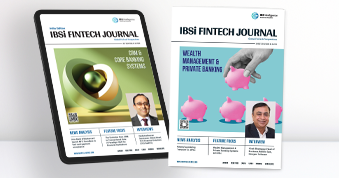
- Most trusted FinTech journal since 1991
- Digital monthly issue
- 60+ pages of research, analysis, interviews, opinions, and rankings
- Global coverage
Other Related Blogs
December 22, 2025



